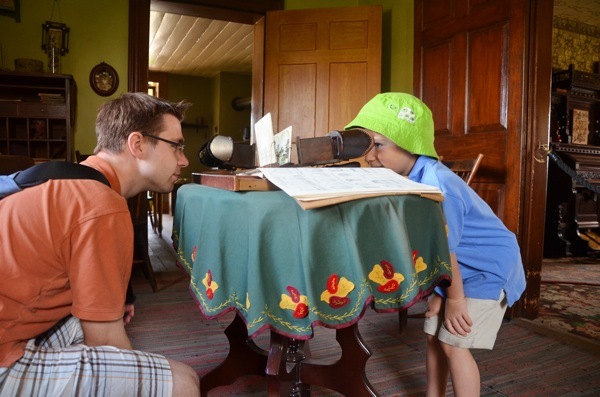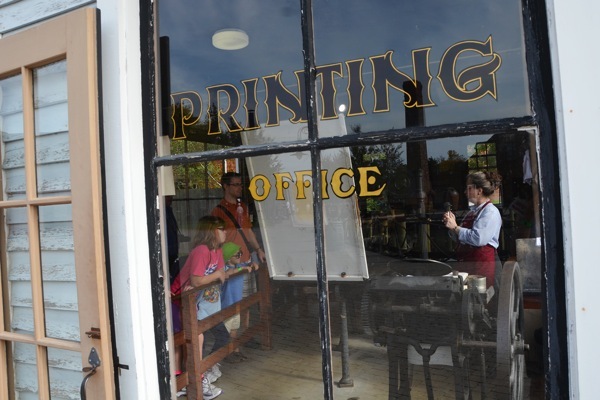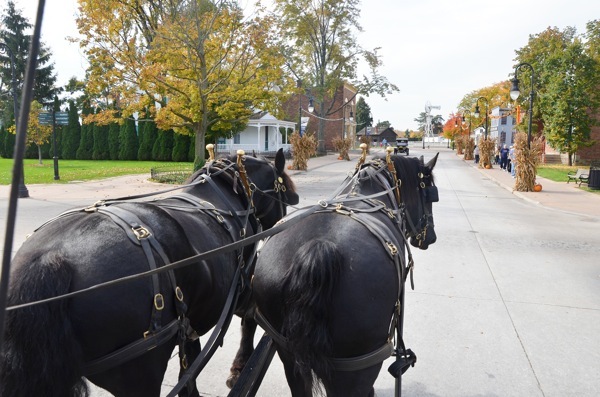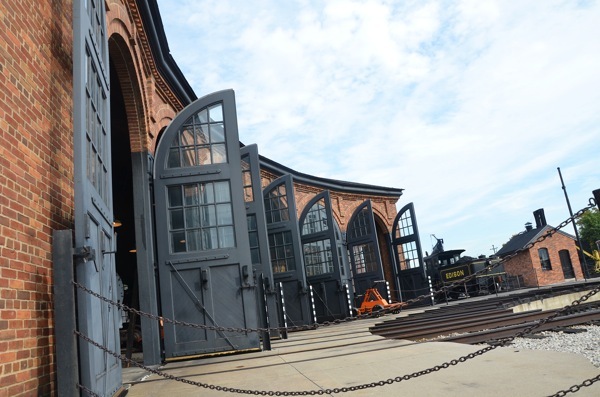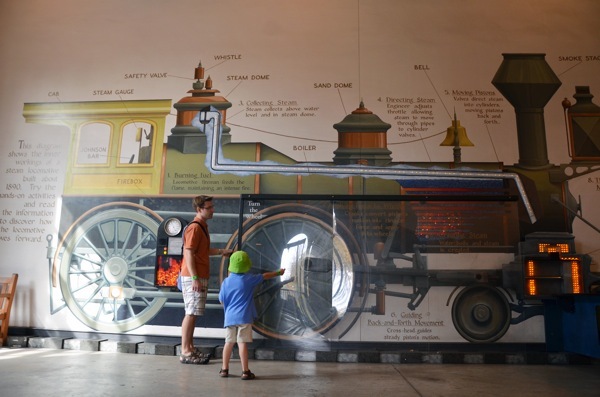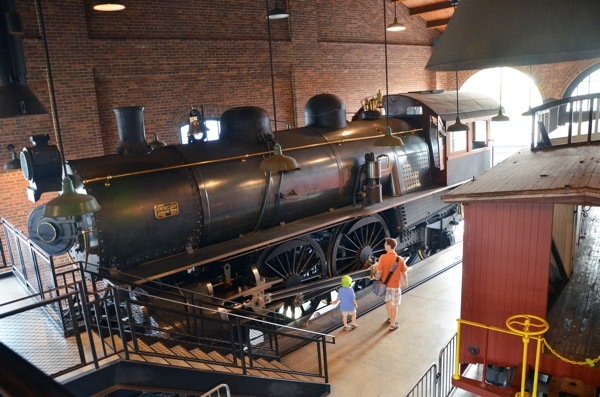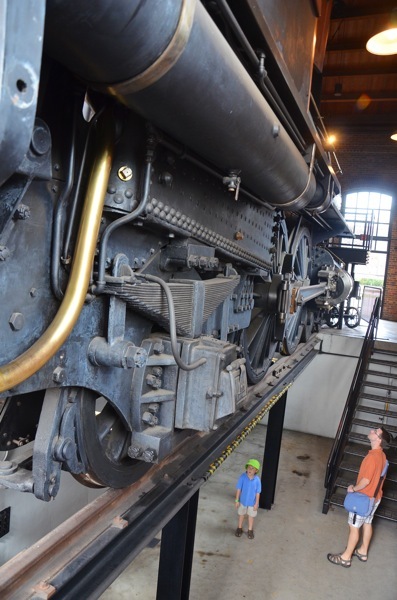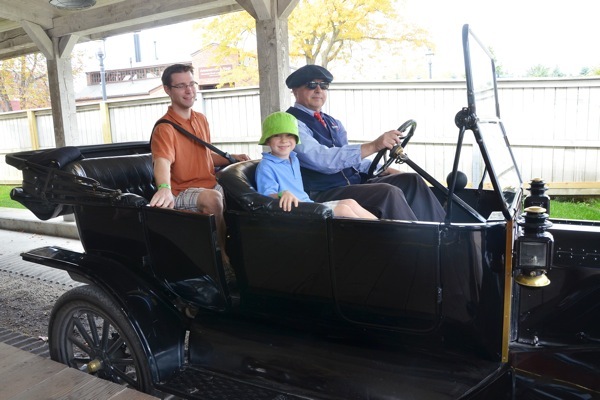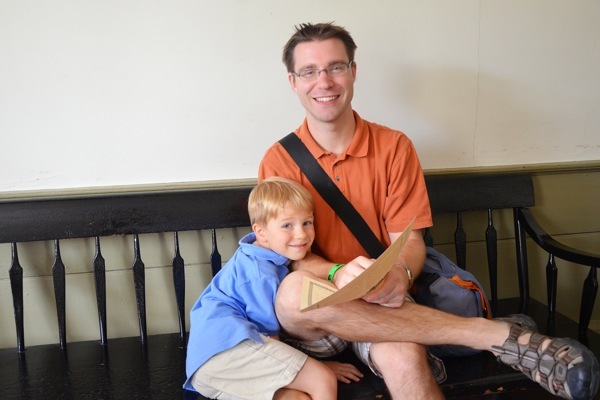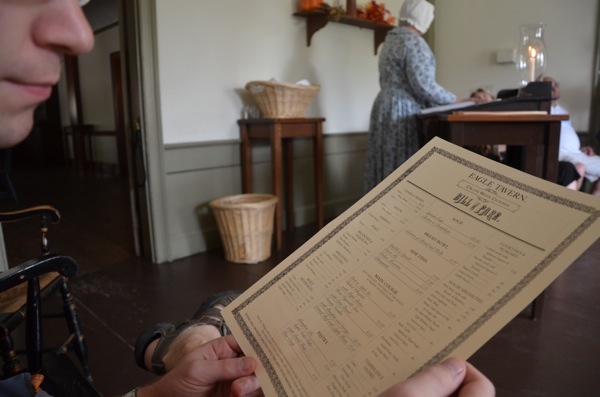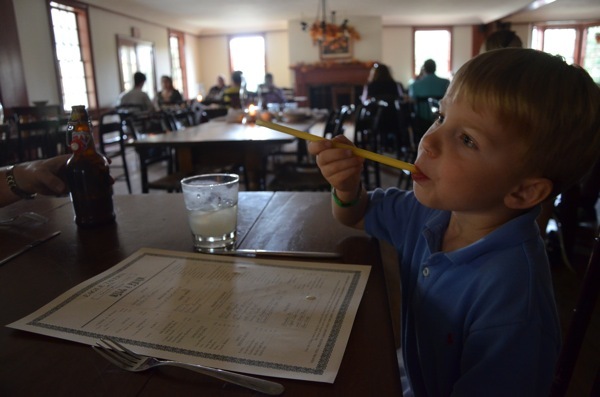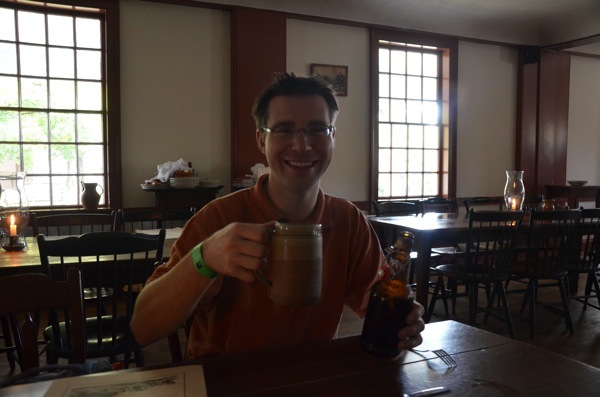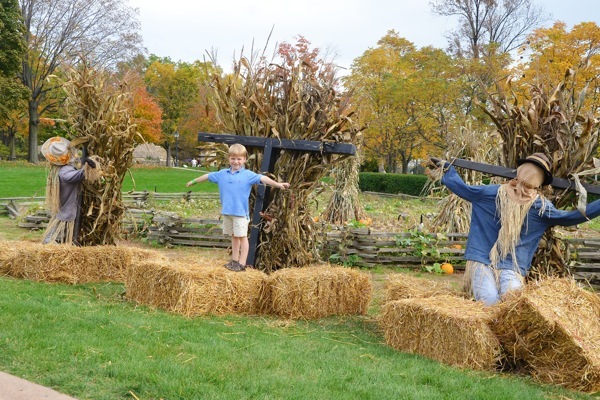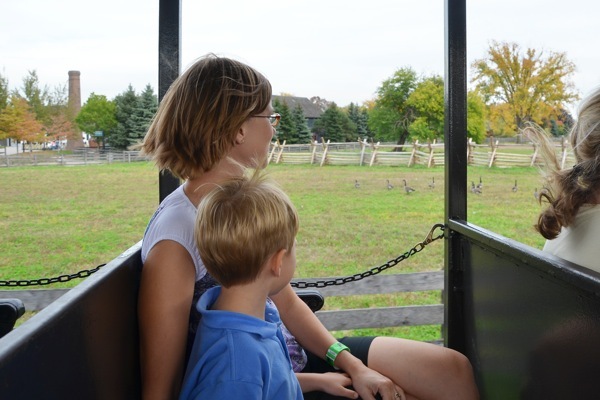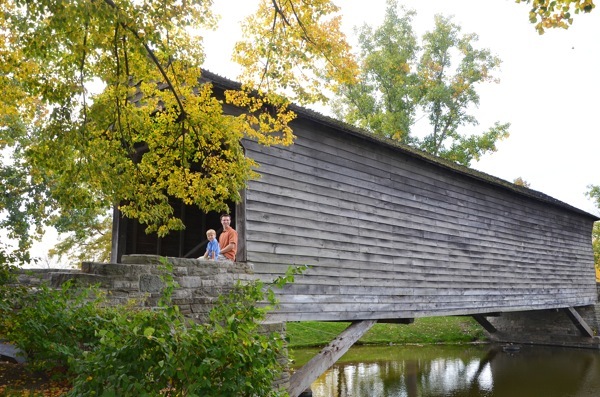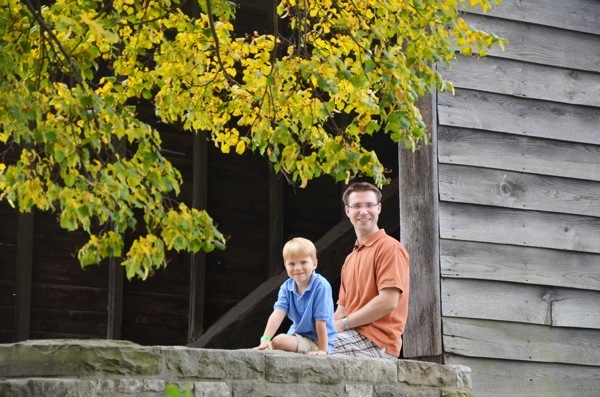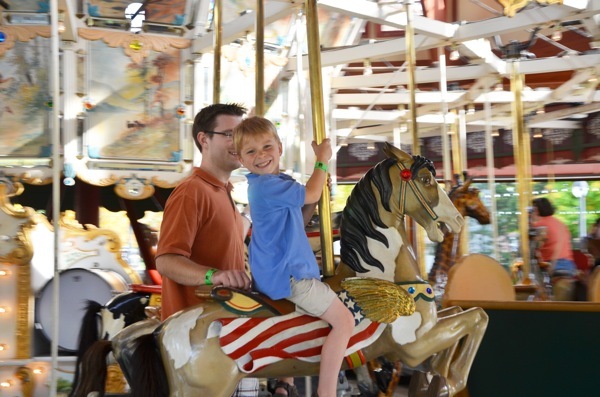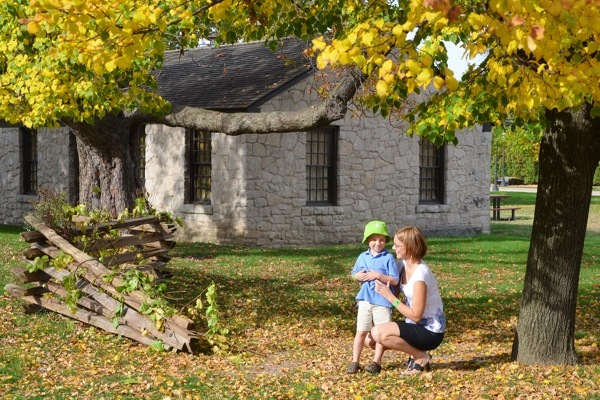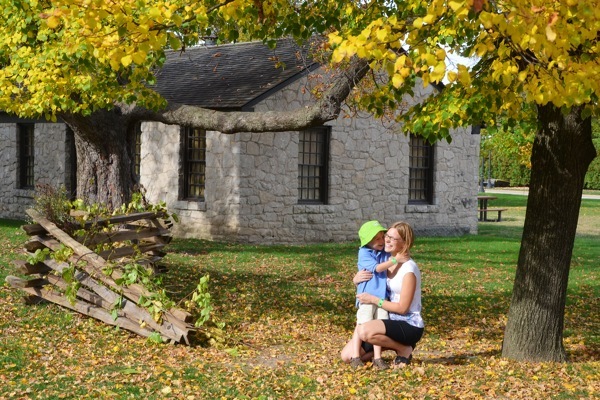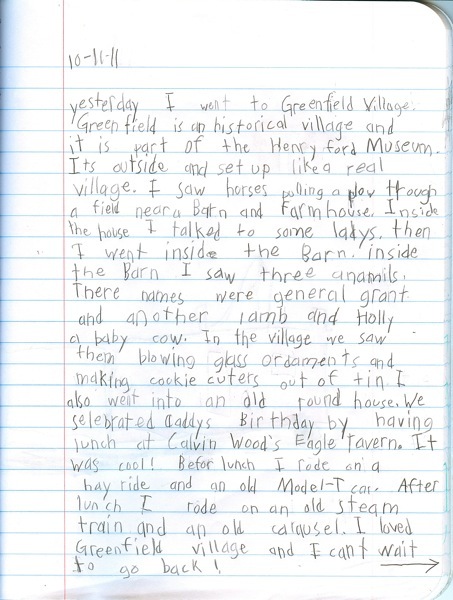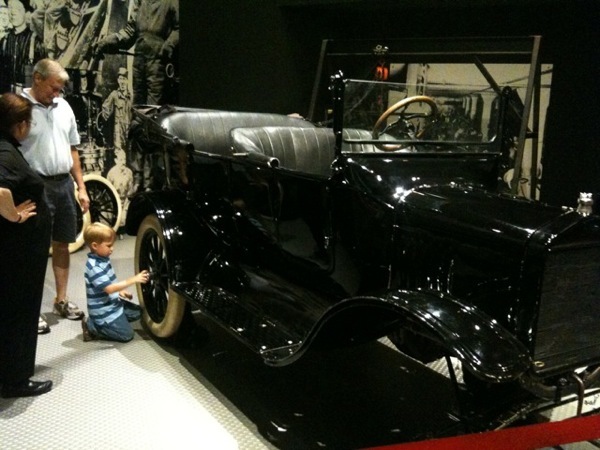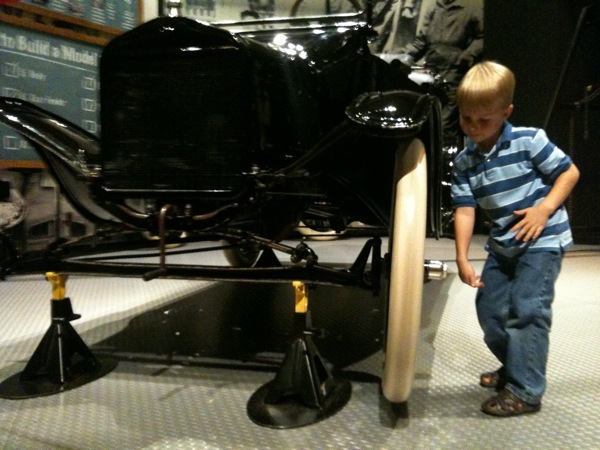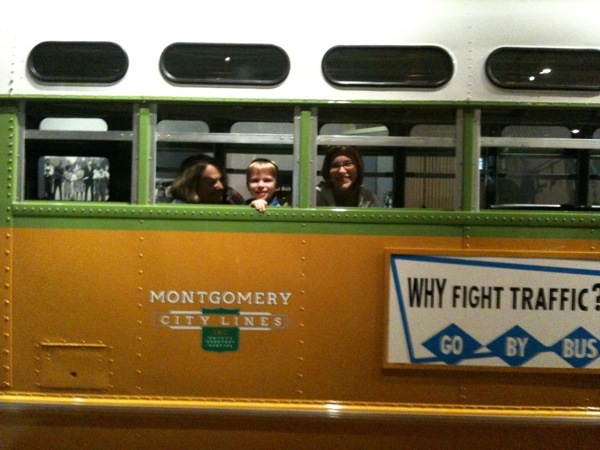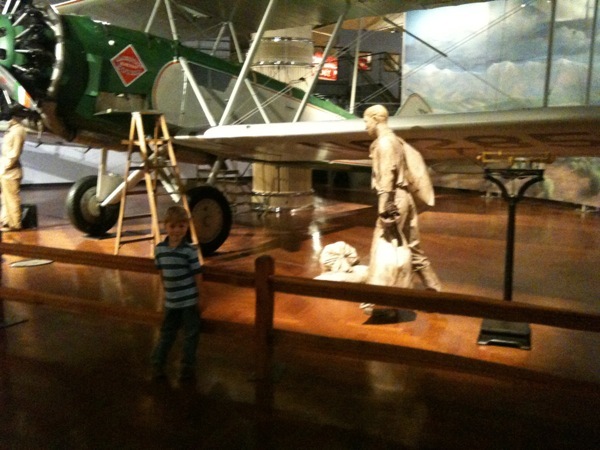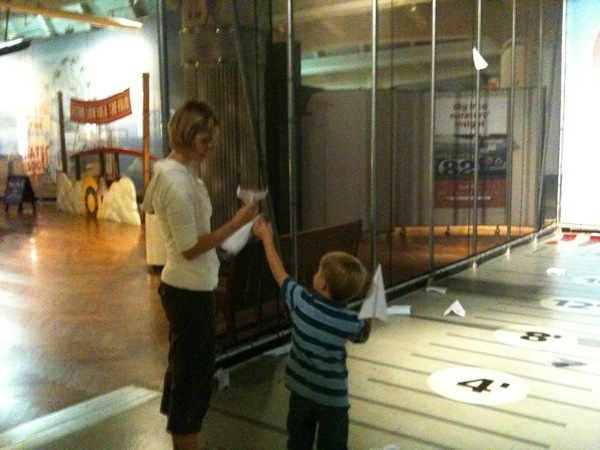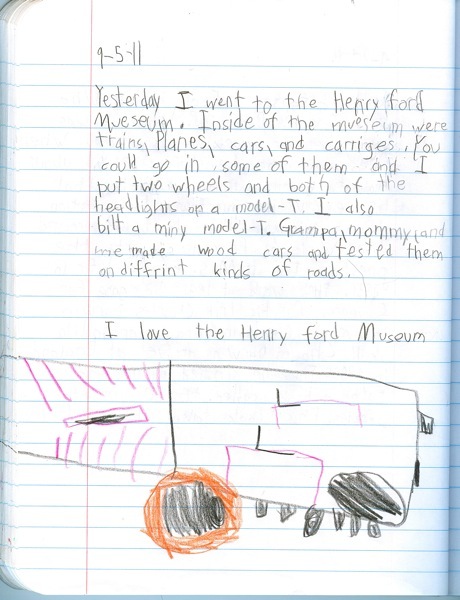A day with
We've had a few stressful things thrown our way over the past few weeks, so having any down time is a real treat.
As of January first I have become the big cheese of the library used book sales, and while I know someone had to do the job, and I do have a few good ideas for the event, it is definitely an increase in responsibility and time. It helps immensely to have a little boy who is a) so helpful when we go in to work, and b) so keen on reading all the books he can get his hands on (which is a lot in the sale room) when he can't help. Yesterday my dad helped us shift shelf upon shelf of alphabetized books around the room until we had tweaked organization a bit. Today Calvin spent an hour helping me weed through books that have been around a little too long and need to go on "sale" (as if 1.00 for a hardcover wasn't already "on sale"). Thanks, family.
The cold in our house is still threatening a coup, so the rest of the day we spent with tea and books. Some math, some piano, and Calvin was suddenly bent on getting back into our study of early humans so we revisited our "A Day with..." books (Homo habilis, Homo erectus, Neanderthal Man, and Homo sapiens). We both love these books—each is full of facts, dates, and images of archeological finds with a short story interspersed to bring those things to life.
Having mapped the human migration out of Africa we are working our way into American history and I'm loosely tapping an Intellego Unit Study for that. I have the American History Volume I studies for both grades K-2 and 3-5 and I'm blending them a bit, picking and choosing the parts I like from each. I think I've said before that I could probably have done this on my own, but I'm finding that there is something to be said for having a basic guide to follow—less late night planning involved.
Today we told each other our own A day with stories about living as hunter gatherers. Calvin decided that Jon was out hunting with a spear and a torch while we were in charge of gathering water in a gourd and collecting berries and tubers. We were in charge of the fire as well. I think this is reflected well in the illustrations he made to go along.
The men are returning...see their torches?
There will be meat for dinner (it's hanging up there) and a woman with a gourd of water...
Now we are back in current times. Chicken soup for dinner again (we will get healthy, we will), and there is snow in the forecast. Actual, honest-to-goodness snow. I hope it comes.
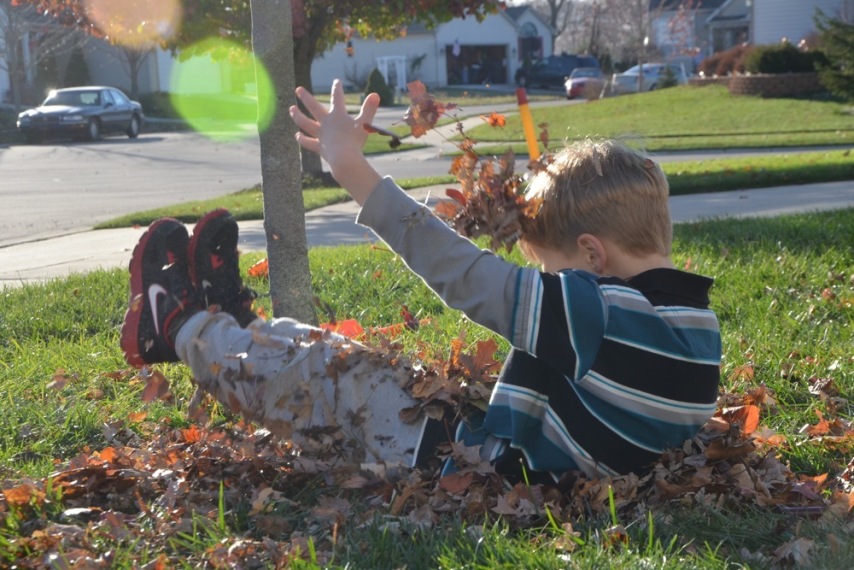

 Thursday, January 12, 2012
Thursday, January 12, 2012





